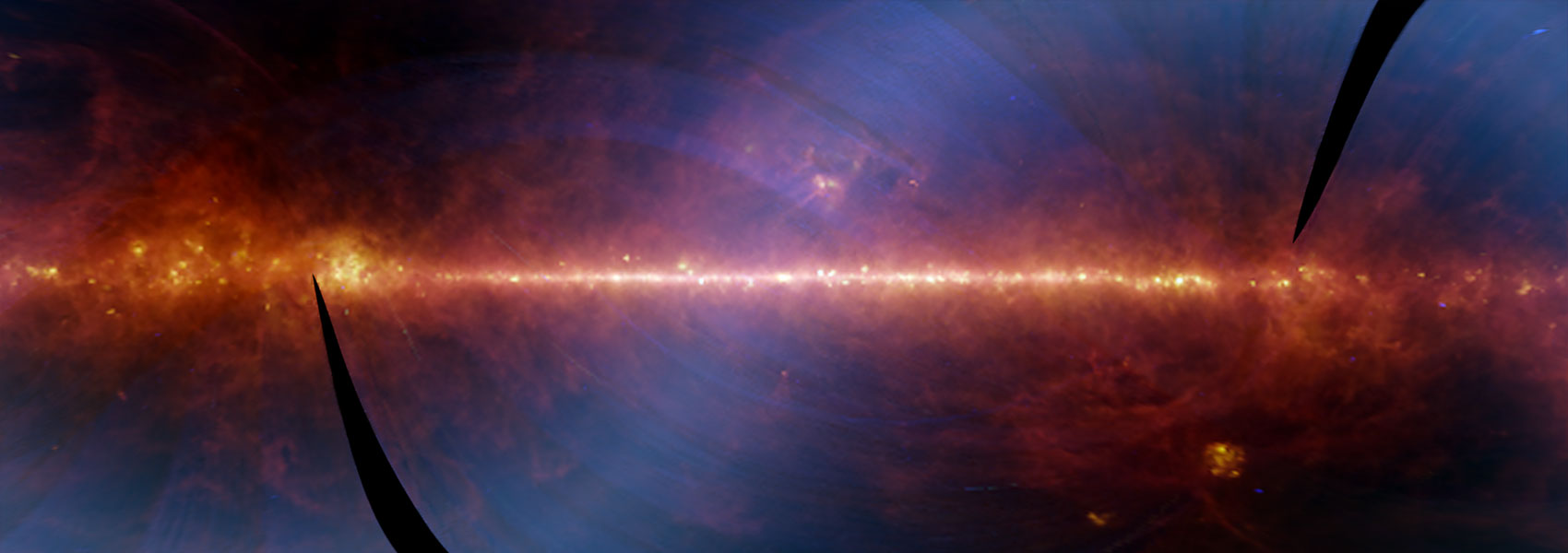June
2004
•
2004AJ....127.3235S
Authors
•
Surace, Jason A.
•
Sanders, D. B.
•
Mazzarella, Joseph M.
Abstract
•
The importance of far-infrared observations for our understanding of extreme activity in interacting and merging galaxies has been illustrated by many studies. Even though two decades have passed since its launch, the most complete all-sky survey to date from which far-IR selected galaxy samples can be chosen is still that of the Infrared Astronomical Satellite (IRAS). However, the spatial resolution of the IRAS all-sky survey is insufficient to resolve the emission from individual galaxies in most interacting galaxy pairs, and hence previous studies of their far-IR properties have had to concentrate either on global system properties or on the properties of very widely separated and weakly interacting pairs. Using the HIRES image reconstruction technique, it is possible to achieve a spatial resolution ranging from 30" to 1.5m (depending on wavelength and detector coverage), which is a fourfold improvement over the normal resolution of IRAS. This is sufficient to resolve the far-IR emission from the individual galaxies in many interacting systems detected by IRAS, which is very important for meaningful comparisons with single, isolated galaxies. We present high-resolution 12, 25, 60, and 100 μm images of 106 interacting galaxy systems contained in the IRAS Revised Bright Galaxy Sample (RBGS, Sanders et al.), a complete sample of all galaxies having a 60 μm flux density greater than 5.24 Jy. These systems were selected to have at least two distinguishable galaxies separated by less than three average galactic diameters, and thus we have excluded very widely separated systems and very advanced mergers. Additionally, some systems have been included that are more than three galactic diameters apart, yet have separations less than 4' and are thus likely to suffer from confusion in the RBGS. The new complete survey has the same properties as the prototype survey of Surace et al. We find no increased tendency for infrared-bright galaxies to be associated with other infrared-bright galaxies among the widely separated pairs studied here. We find small enhancements in far-IR activity in multiple galaxy systems relative to RBGS noninteracting galaxies with the same blue luminosity distribution. We also find no differences in infrared activity (as measured by infrared color and luminosity) between late- and early-type spiral galaxies.
Links



